"Rubicon" of underwater confrontation. Successes and problems of the MGK-400 hydroacoustic complex
Prologue. Late 80s, Northwest Pacific. Kuril straits region
Of memoriesofficer of the anti-submarine warfare department of Kamchatka flotilla on the actions of diesel submarines (diesel-electric submarines) of the project 877 of the Kamchatka flotilla on the Kuril border (the style is slightly changed):
The Rubicon hydroacoustic complex made it possible to detect Los Angeles-class submarines in the direction-finding mode at a distance of up to 80 cab. Sometimes there were detections in 200 cabins, but this was when its course was more than 10 knots. This is most typical during the passage of American boats through the strait zones of the Kuril border. The complexity and strength of the currents in the straits forced them to have a speed of 10 knots and above. Well, we naturally used it.
Objective: to close the straits of Kruzenshtern, Bussol and the Fourth Kuril straits. US boats could pass through them without violating the territorial waters of the USSR. Although I had information that sometimes they slipped through both the First Kuril and Severin Strait.
Upon arrival from the service, we torture the commander.
- Listen, what are they, these Americans, do you give a damn about your soup? With your Chapaev's antics, you have outdone all the raspberries for us. To hand over to the commander of the flotilla for experiments?
- Do not…
Well, then it started: B-405 in October 1988, B-439 in February 1988, B-404 in April 1989, and more and more.
Our gallant commanders, with the stubbornness of maniacs, continued to distribute sonar shells to all American boats that met on the way.
A quarter of a century before. Creation of SJSC "Rubicon"
In 1965, the Central Research Institute "Morfizpribor" completed the development of the MGK-300 "Rubicon" hydroacoustic complex (SAC) (for nuclear submarines of projects 661 and 671). At the same time, the Vodtranspribor plant was finishing the creation of the Kerch State Joint Stock Company for nuclear submarines, into which the huge Rubin antenna could not fit. Against this background, the Central Research Institute "Morfizpribor" (and, as will be shown below, with the active interest of the CDB "Rubin"), the idea of creating a "reduced" "Rubin" with widespread use of the already created technical groundwork, incl. for use on diesel-electric submarines. Despite the ambiguous attitude to this initiative, the customer (Navy) opened the topic of creating a new SAC. Shelekhov S.M. was appointed the chief designer of the new SJSC, which received the name "Rubicon".

In view of the very strict requirements for weight and size characteristics and energy consumption (taking into account the "sight" for the installation of the first experimental SJSC on the Rubin Central Design Bureau, which is being modernized at that time, project 641B), the question of the fundamental appearance of the SJSC and technical solutions that ensured the maximum possible range target detection. The main way to achieve this at that time was considered the largest main antenna for noise direction finding.
Mikhailov Yu.A., First Deputy Chief Designer of the State Aviation Committee, recalled:
Thus, the industry has successfully “put the squeeze on” the fleet according to its vision of the issue, work on which has been in full swing for about a year.
The main idea of the Rubicon concept was to reduce the hardware part of the complex as much as possible (from 55 equivalent racks to 7,5) while preserving the largest (according to the possibilities of installation on carriers) main antenna of the SAC (placed on the carrier in a place with minimal interference). Taking into account the restrictions on installation on the 641B project, the main antenna of the Rubicon was reduced by 1,5 times from "Ruby" to "truncated conical", with diameters of 4 and 3,5 m and a height of 2,4 m.
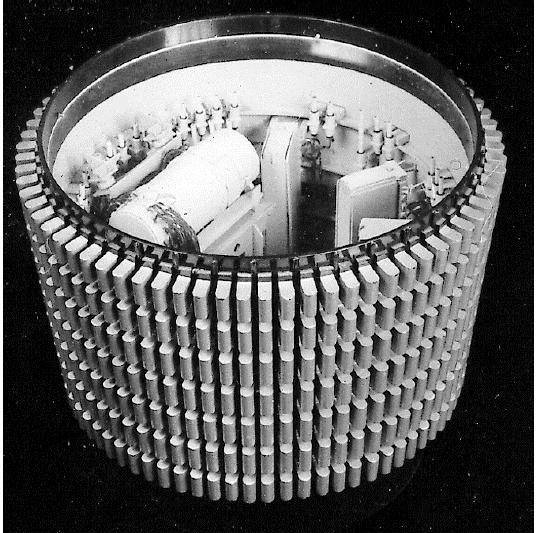
Today it is clear that the rejection of the onboard antenna for the GAK version for diesel-electric submarines was a big mistake. The problem of interference was acute for noisy nuclear submarines, but on diesel-electric submarines (with little interference), the implementation of an effective on-board antenna was possible and expedient already in those years.
In conditions of massive hydroacoustic counteraction (during tracking and in battle), only active paths of analog SACs provided classification and generation of target data. However, with mine detection and sonar, everything was much more complicated ...
The fact that sonar can detect mines, and we knew abroad as early as the mid-40s. However, the problem was in the conditions and significantly increased requirements (of the customer) ... But with the implementation of the latter, during the 50s - early 60s, we had a breakdown after a breakdown (and with scandalous details such as dismissal and transfer to another organization of key specialists) ...
For example, the first sonar station (SRS) "Plutonium", developed with the task of mine detection, turned out to be of little use for this task. At the same time, it cannot be said that the Plutonium RTU was bad. For example, its real operating range on the 613 project in the Baltic reached 25 cab., And this is taking into account the fact that its "American competitor" SQS-4 had a close range (less than 30 cab.), While the operating frequency of the SQS-4 was twice as low (7 kHz instead of 15 for "Plutonium"). The surface version of "Plutonium" - GLS "Tamir-11", incl. in the course of long-term tracking of submarines of a potential enemy, actively using hydroacoustic countermeasures (SGPD). Cm.: Techniques for evading a nuclear submarine from ships of a search and strike group (PUG) (based on the experience of pursuing a foreign boat by the ships of the 114th brigade of the OVR ships of the Kamchatka military flotilla in 1964).
Mentioned in the article “At the forefront of underwater confrontation: submarine hydroacoustics. From the beginning of the Cold War to the 70s " the mine detection tract of the SJSC "Kerch", which perfectly "saw" not only submarines, but even torpedoes (!), failed tests for its main purpose (despite the fact that its initial technical messages were correct and later on this basis it was developed exclusively successful GAS mine detection "Harp").
The first GAS mine detecting, where the requirements of the Navy were met, was GAS "Olen". Its chief designer M.Sh. Shtremt (previously the developer of the extremely successful sound direction-finding GAS "Phoenix") carried out a large amount of experimental research in order to test real working and effective solutions at sea at the initial stages of development. This has become a key success factor. Subsequently, on the technical basis of the GAS "Olen", a more compact GAS mine detecting "Lan" was created, which became the first mass and effective GAS mine detecting for minesweepers.
For submarines, the first successful mine detector was the "Radian", which also turned out to be an extremely successful GAS for "duels" with enemy submarines. For the first time he showed himself in this way back in 1968, most likely, on the K-38 under the command of the future Vice-Admiral E.D. Chernov. The article “At the forefront of underwater confrontation: submarine hydroacoustics. From the beginning of the Cold War to the 70s " there is a mistake in the caption to the photo of the Rubin enclosure. The main antenna of the "Rubin" was reversible (it worked both in noise direction finding and in sonar), and under it was placed a large antenna of the GAS mine detection "Radian".
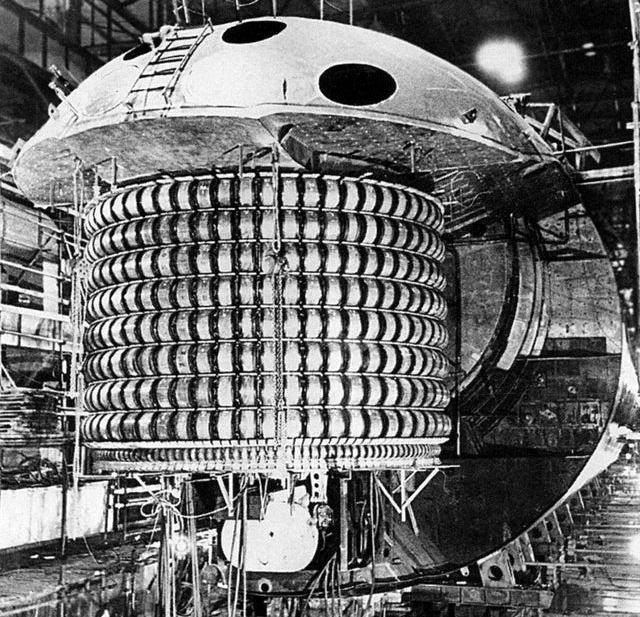
However, these high characteristics and capabilities required significant hardware costs and the use of a very large antenna. Taking into account the fact that most of the mine detection topics were failed, a number of leading specialists left Morfizpribor, and Radian had just begun to show results, the Rubicon development managers pushed the customer to exclude the mine detection path from the SJSC.
It turned out differently with sonar. The navy demanded that this channel be provided with a long range (including for targeting missile arms). Shelekhov initially put the question bluntly: the idea of a new SAC can be realized only on fixed antennas. Accordingly, "Rubicon" received a separate radiating antenna of the "distance measurement" (sonar) path with one stationary narrow (about 30 degrees strictly along the nose) directional pattern.
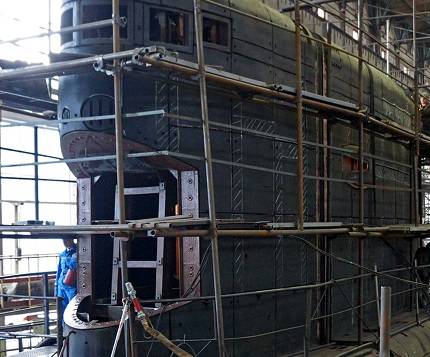
For missile submarines of the 670M project, the ID tract was supplemented by two onboard radiating antennas with a very narrow beam pattern along the traverse, which turned out to be practically useless.
Features and composition of SJSC "Rubicon":
The noise control path (SHP) had three identical channels with all-round viewing modes (in one of the three frequency ranges) or automatic target tracking (2 ASTs are possible simultaneously while maintaining a circular view with one channel in one (selected) frequency range.
To increase the detection range of low-noise targets, it was possible to work with the accumulation of signals (capacitive storage in the corresponding frequency ranges). However, the greatest detection range was provided not by the standard indicator of the complex, but by the recorder (the SAC pen recorder on paper tape).
The Rubicon did not have the standard equipment for narrow-band (spectral) analysis, but the possibility of connecting it existed and was actively used later.
The distance measurement path (ID) had a separate emitting antenna; echo signals were received at the main antenna of the complex. Determination of the distance and the radial component of the target speed was provided.
The hydroacoustic signal detection path (OGS) had 4 separate frequency ranges with the ability to determine the frequency and direction to the detected signal. It should be noted that the accuracy of direction finding in the OGS was much worse than in the SHP (the use of torpedo weapons according to the OGS data was out of the question), and in the 4 frequency range (torpedo detection) only the quadrant was determined.
The communication path provided the modes of code (long-distance) communication, high- and low-frequency telegraphy and telephony.
SAC really turned out to be compact, easy to study and use. The large antenna provided a good potential of the complex and decent detection ranges (especially on diesel submarines of Project 877). Created in 1966-1973. SJSC still serves in the Russian Navy (diesel-electric submarines of project 877 and RPL SN "Ryazan") and a number of other countries, and practically unchanged.
Work on the "Rubicon" proceeded at a high pace, the production of a prototype began 17 months before the defense of the technical design (usual stages of development: preliminary design, technical design, development of working design documentation, production of a prototype, preliminary tests ("tests of the chief designer") , state tests). In 1970-1971. the stand was simultaneously testing two prototypes at once (for 641B and 670M projects). State tests "Rubicon" successfully passed in 1973, and by the end of the same year, two serial complexes were commissioned. The Rubicon was put into service in 1976 under the designation MGK-400.
The first carrier: diesel-electric submarines of project 641B
The development of a project for the modernization of the excellent ocean diesel-electric submarine of project 641 began at TsKB-18 in 1964, i.e. even earlier than the beginning of the development of "Rubicon". The key issue of this modernization was the new hydroacoustics, and it was for the 641B project that the Rubicon State Joint-Stock Company was optimized (primarily for the main antenna)
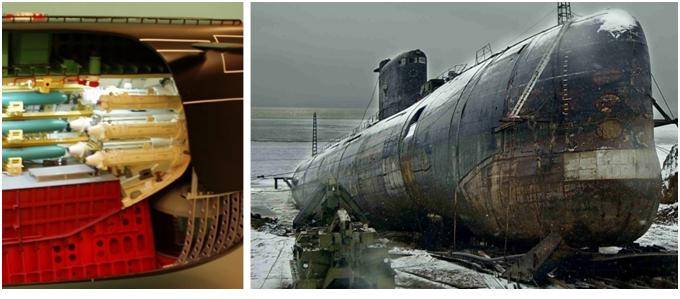
The installation of the SJSC "Rubicon" dramatically increased the capabilities of diesel-electric submarines to detect low-noise targets, however, when the enemy used low-frequency SGPD, our diesel-electric submarine, which did not have a mine detection HAS, became practically "blind". But there was no place for an additional antenna for an effective high-frequency GAS on the 641B project, the dimensions of the main antenna of the "Rubicon" became the limiting ones even for large diesel-electric submarines. Because There was no SAC of a smaller dimension, and after 10-15 years this led to the "extinction" in the USSR Navy of the subclass of medium-sized diesel-electric submarines.
On nuclear ships
The first nuclear-powered ship to receive the Rubicon was the 670M project (developed by the Lazurit Design Bureau, the launch vehicle - Malakhit anti-ship missiles).
For nuclear submarines, the problem was that the Rubicon was “insufficient”. And in terms of size, potential, and detection range, it was possible to have much more effective antennas. The development of such a complex was in full swing at the Research Institute "Morfizpribor", and the SJSC "Skat" had two modifications: small ("Skat-M") and large ("Skat-KS"). For nuclear submarines, the Skata-M installation was definitely preferable to the Rubicon. However, it turned out that the "Rubicon", "too large" for diesel-electric submarines, but "too small" for nuclear submarines, in the 70s "crossed the road" to the much more effective "Skat-M".
In addition to the 670M project, the Rubicon SJSC was installed on various ships of the 667 projects (as a regular SJC - on the 667BDR project, on others - during repairs and upgrades). On nuclear-powered ships of the 1st generation, "Rubicon" was massively installed (at the plant) on the 675 project and on one submarine of the 627A project (K-42).
"Information" about the installation of "Rubicon" on multipurpose nuclear-powered ships of project 671, circulating "in the domestic" underwater literature "does not correspond to reality. Nobody was going to give up the huge main antenna of "Rubin" on 671 projects. The only exception is K-323, upgraded according to Project 671K with the installation of the Granat cruise missile complex. There was no other option for freeing up space and displacement to accommodate its firing system, except for replacing the Rubin with the Rubicon.
Already in the 80s it became clear that the installation of the Rubicon SJSC on the second generation nuclear-powered ships was a mistake, the SJSC was very harshly criticized in the Navy due to its insufficient capabilities and the availability of a real (and much more effective) alternative in the form of the Skata-M ...
"Main carrier": project 877
The main carrier of the "Rubicon" was the diesel-electric submarine of project 877, actually built "around" and "from" its large main antenna. At the same time, a set of measures was successfully implemented to de-noise the carrier and reduce the interference of the SAC.

Taking into account the very low noise level of diesel-electric submarines of project 877, the large potential of the antenna ensured anticipation in detection in most tactical situations with diesel-electric submarines of other countries, even those that had more modern digital SAC (for example, with the German project 209/1500 of the Indian Navy). In the book "Jump of a Whale" (about the creation of the BIUS "Knot"), an eyewitness account is given:
It is worth dwelling separately on the thesis “size is of decisive importance” from the article by Yu.N. Kormilitsin, general designer of the Rubin Central Design Bureau. and vice-admiral M.K. Barskov, deputy head of the Navy for armaments and shipbuilding. ("Marine Collection" No. 6, 1999).
It is optimistic about a 6-fold lead in the detection range, primarily due to the large antenna. In reality, everything, to put it mildly, is somewhat different.
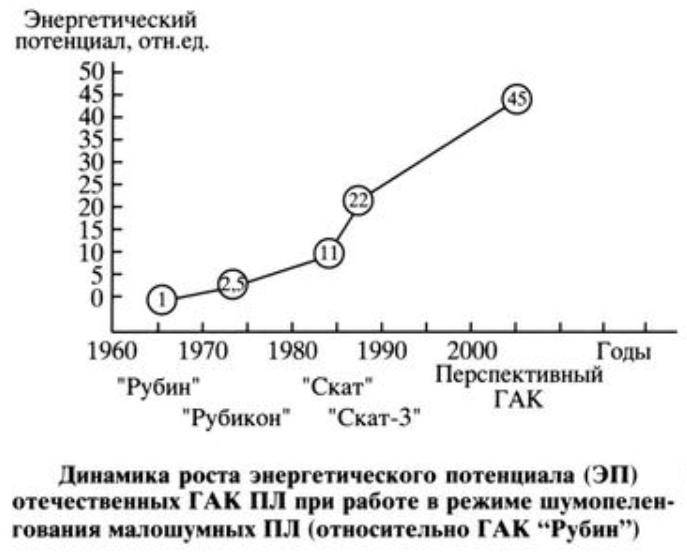
From this graph (developed by SJSC - TsNII "Morfizpribor") it can be seen that SJSC "Rubikon" has 2,5 times more potential than SJSC "Rubin" (with a 1,5 times larger main antenna). Moreover, the digital SJC "Skat-3" has 2 times more potential than the analog "Skat-KS" (with similar sizes of the main antennas). Those. size certainly matters, but signal processing is just as important.
Accordingly, the very "technique" for comparing submarines in antenna size is highly controversial in terms of reliability.
On the 877 project, a new GAS mine detection "Arfa-M" was installed. Like Radian, it was often used as a GAS for lighting and classification. The operator of the "Uzel" BIUS recalls about firing remote-controlled (TU) torpedoes at low-noise diesel-electric submarines:
This is a vivid example of how the Varshavyanka would have to fight in a real battle: the ShP tract is completely suppressed by interference and hears nothing, you can only count on the Arfa (working sector 90 degrees in the nose) and the ID tract (30 degrees in the nose) ...
"Warsaw" against "moose" and "rods"
The memories mentioned at the beginning of the article are interesting primarily because they are the view of an anti-submarine officer of a higher command body (Kamchatka flotilla) with a comprehensive and retrospective analysis of the use of Project 877 diesel-electric submarines with the Rubicon SJSC (using spectral analysis equipment).
These figures depend on specific ships (years of construction), but are approximately correct. It is especially worth paying attention to the noticeable increase in the noise level of the 877 under the main propulsion motor, as a result of which a reliable lead in detection was achieved only on the economical drive motor (and the speed less than 3 knots).
Wait five or six hours, if necessary we will pull the aircraft, it will cover it. Moreover, it is difficult, if not simply impossible, to work in the strait zones with aviation buoys: a decent excitement, quickly blows away by the current.
A very competent solution with an emphasis on the use of aviation and achieving the maximum tracking time (covert!) By it.
That, of course, is shocked, the lapel is 180 degrees. and comes off. After a while, knowing that there is a boat, that she found it, she finds a way to slip somewhere else.
And immediately gives an alert about detection by the fleet.
Well, we didn't know that then. The team in Mongokhto, Tu-142 puts a field of buoys at the exit from the strait. Blowing you with poppy seeds.
Those. departure on call of aviation by. The enemy, realizing that he was discovered, dodged. The reaction of the "operators" and the command was "appropriate":
- And why did you iron it with acoustics?
- So confirm what exactly the underwater target. Noises are noises, and a mark is a thing!
- So the acoustics confirmed it in passive mode. What do you want, little merry?
“I was simulating a torpedo attack.
- Why did you give the notification immediately? They asked, wait a couple of hours.
- And stealth after my torpedo attack is still down the drain. And in general, do not hang around figs near our islands.
The logic is iron. One violation of the instructions serves to justify the second. Well, okay, the first detection, at long range, I myself did not expect this. Senior comrades brought up the commander a little.
The question was really very good, because the 877 project only had TEST-71M anti-submarine remote-controlled torpedoes with very low performance characteristics, easily removed by the SGPD. Our naval aviation at that time had excellent APR-2 anti-submarine missiles with anti-jamming homing systems, which the US Navy's submarines could not oppose. Those. "Varshavyanki" were good at detecting, but had serious problems with the destruction of submarines, while the aviation was poor with detection, but "lethal" APRs were in service.
Modern modernization
At the end of the 80s, the 877 project was already considered obsolete, and its analogue SJSC "Rubicon" was simply "antique". However, in the new economic situation of the 90s. simple mastered 877 project went very well for export. The question of moral and technical obsolescence of its hydroacoustics has become an edge. As a result, in the late 90s - early 2000s, the Central Research Institute "Morfizpribor" carried out a deep modernization (in fact, the development of a new SJSC) MGK-400EM at a very good technical level.
"Rubicon-M" has become fully digital, the detection range and noise immunity have sharply increased.
Interestingly, the Rubicon-M was viewed as a "modular SJC" with size options ranging from "small sizes" (MG-10M antennas) to a huge SJC for Project 971I. However, the main version was the SAC for the 877 (636) project.
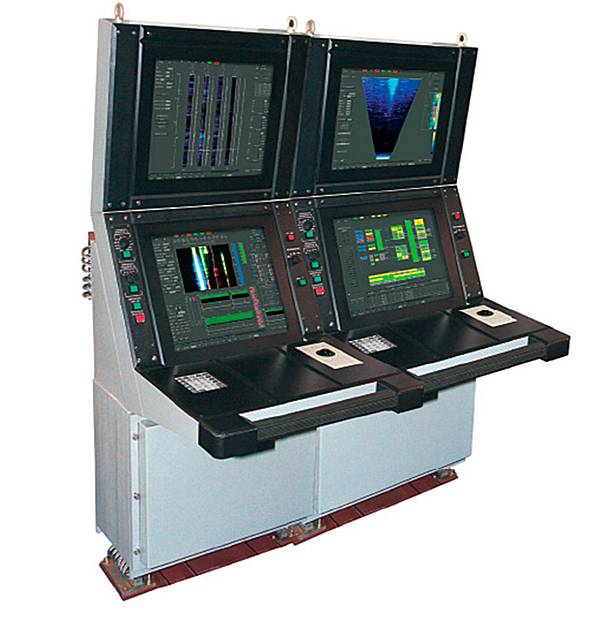
Along with a very good technical level, decent detection ranges, high noise immunity of the Rubicon-M SJC, he also inherited the "birth defects" of the original Rubicon SJC:
- limited sector of the sonar tract (increased to 60 degrees on the nose);
- lack of on-board antennas;
- extremely low accuracy of direction finding of hydroacoustic signals (torpedoes) in the high-frequency range (the parameter of the old "Rubicon" is preserved).
Note: despite the fact that in the public domain there is a significant amount of information on modern domestic developments of on-board antennas, a detailed consideration of this issue publicly is inappropriate. In short: technically everything is ready, you need to immediately implement (including for the modernization of previously built submarines of their SAC).
The problem of using a flexible extended antenna is more complicated. SJSC MGK-400EM has a variant of MGK-400EM-04 with GPBA (and very good). For this reason, the supply of new SACs of the Navy without GPBA causes frank bewilderment. Saving? But this is saving on matches! GPBA dramatically increases the capabilities of diesel-electric submarines, providing not only an increase in detection ranges, classification capabilities due to the use of the infrasonic range, but also constant monitoring of the "blind" for the main antenna of the aft sector (including from a surprise attack by the enemy).
The passivity of the Navy (and Rosoboronexport) in this matter leads to the fact that foreign customers are beginning to install Western GPBA on our Varshavyanka.
Well, the most sore point is the preservation of submarines with the ancient original "Rubicon" in the combat composition of the Navy. Taking into account the fact that back in the mid-80s MGK-400 was not considered a modern SAC, nowadays the naval submarines with it (RPLSN Ryazan and diesel-electric submarines of project 877) have a combat value close to zero. The installation of modern digital processing equipment on the old SACs could have played a role here, however, this was also overlooked by the Navy (this issue, including dramas and comedy (simultaneously) with the prefix "Ritsa", will be discussed in detail in the next article) ... As a result, in 2016, in the Baltic Fleet TV series, we could observe the “highly professional” work of the Varshavyanka acoustics of the Northern Fleet, who “discovered” non-existent “turbines” near the project 20380 corvette on the ancient Rubicon State Joint Stock Company.
As a matter of fact, this shows well the attitude towards anti-submarine warfare in the Russian Navy, and against this background, the absence of GPBA on the newest diesel-electric submarines of the Navy of project 06363 is no longer surprising.
To be continued ...

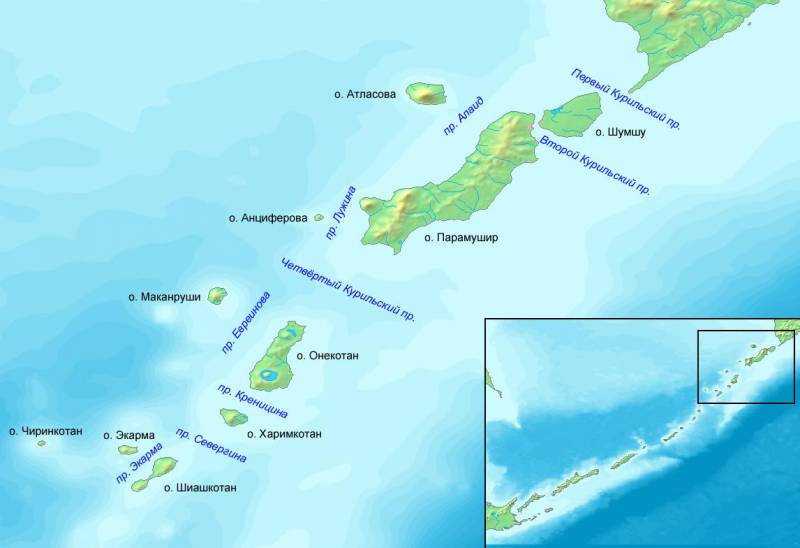
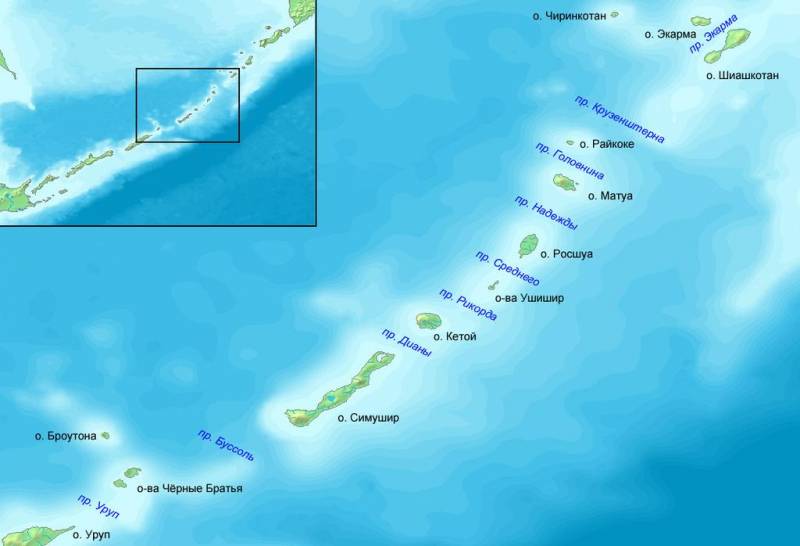

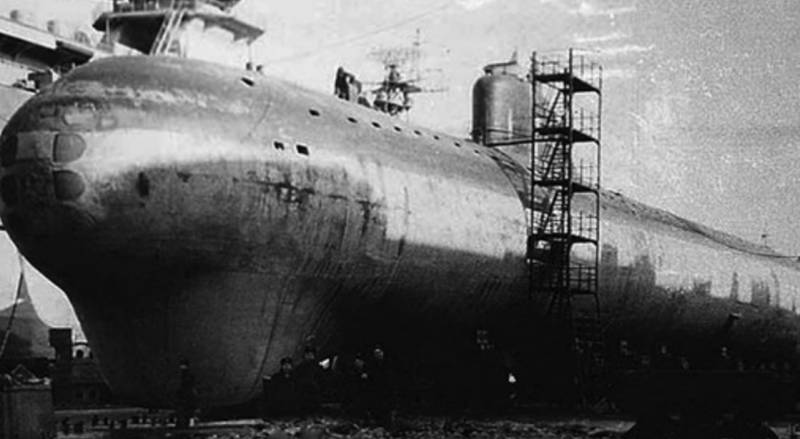
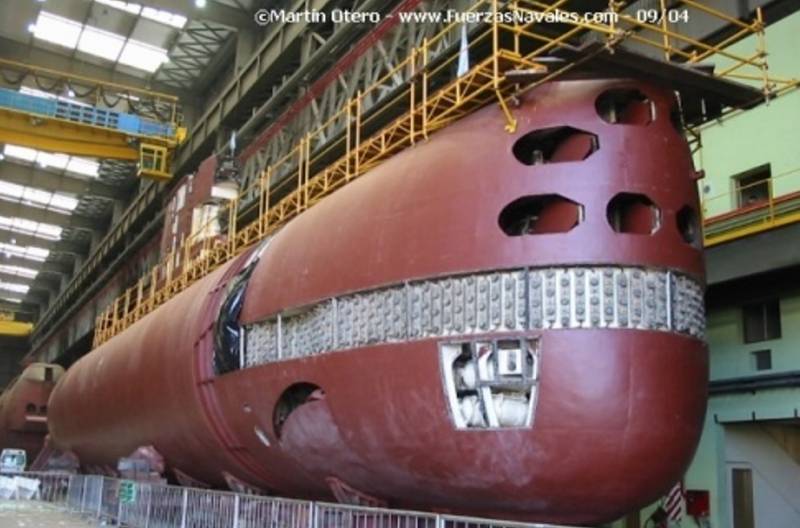

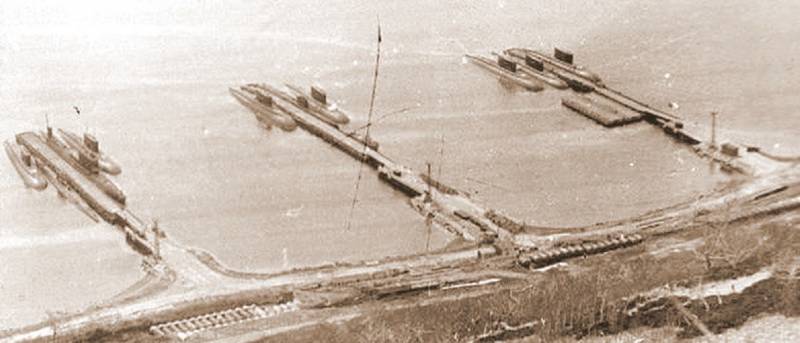
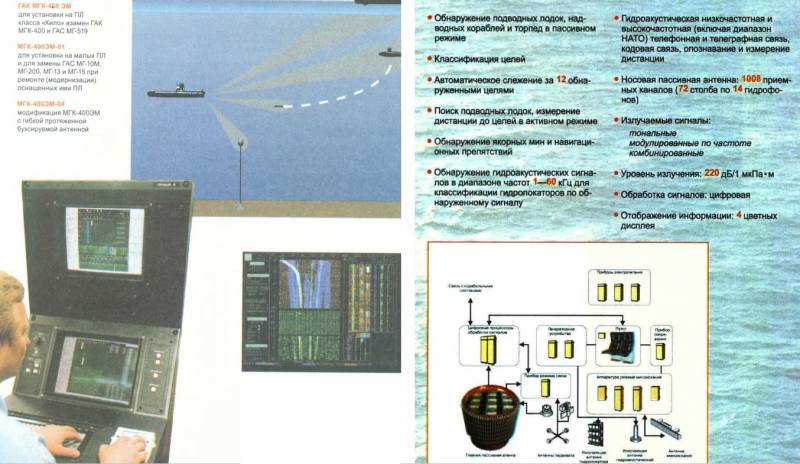
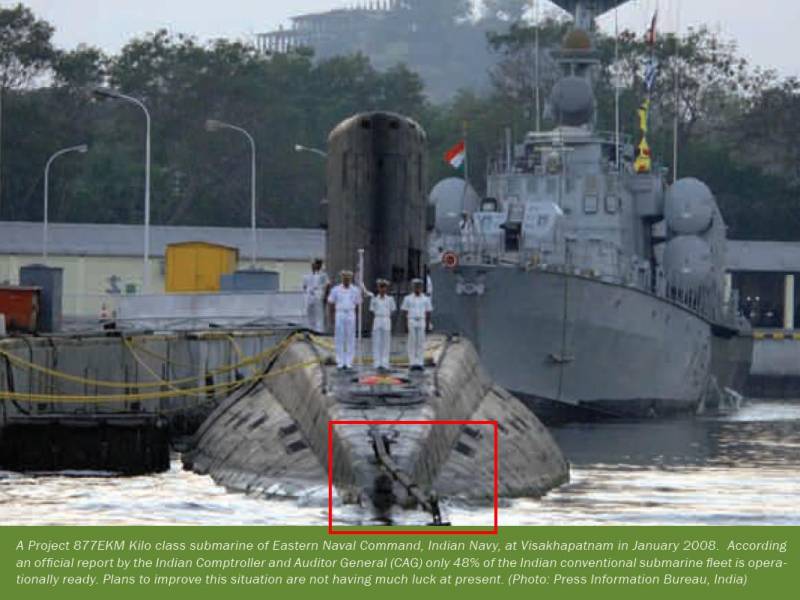
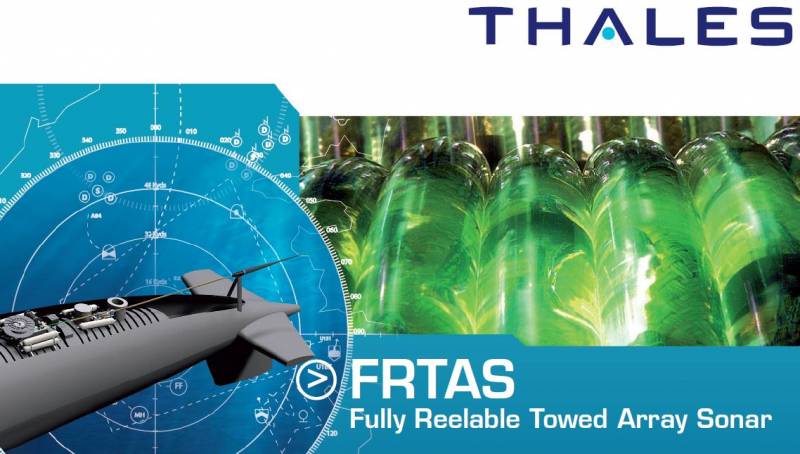

Information